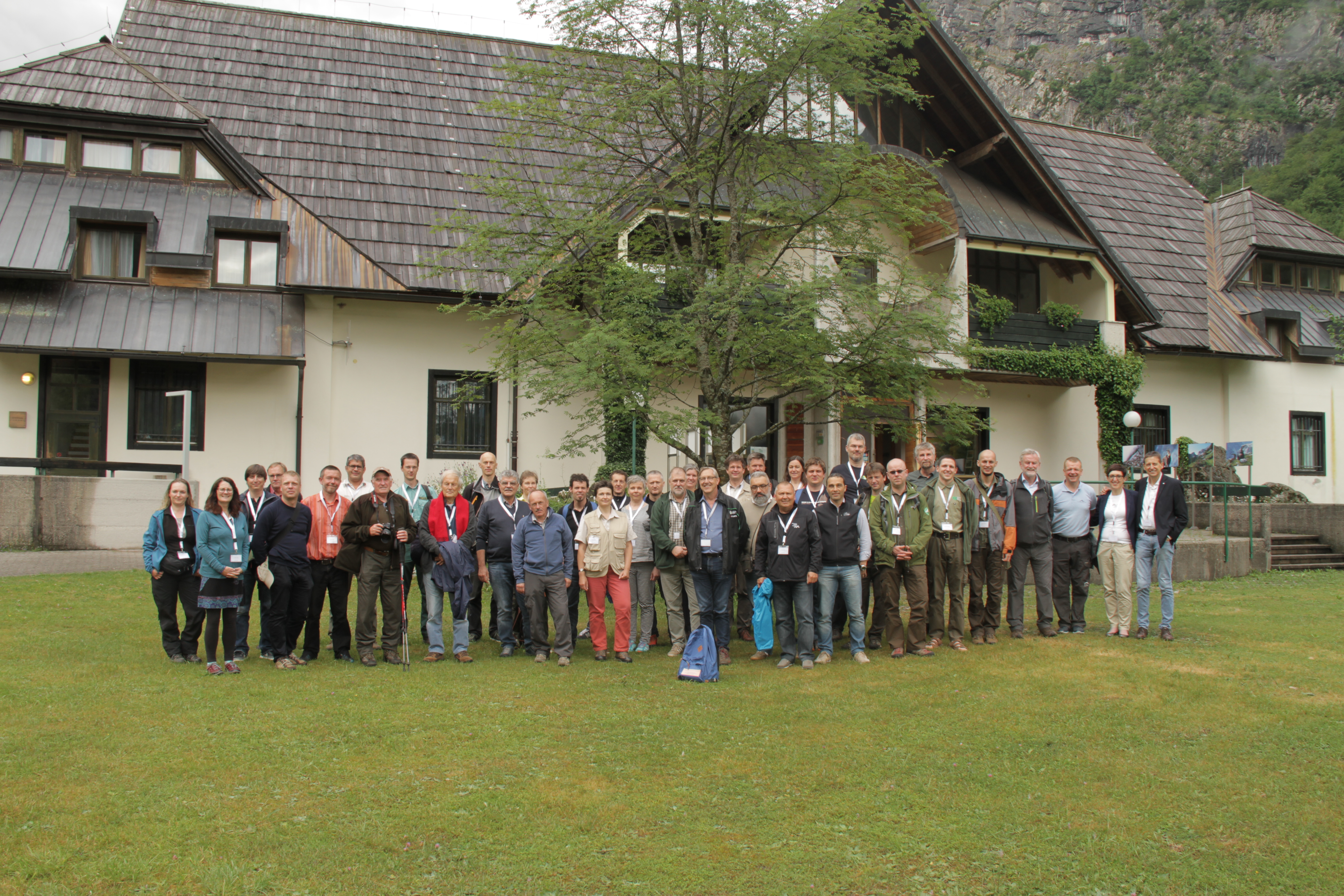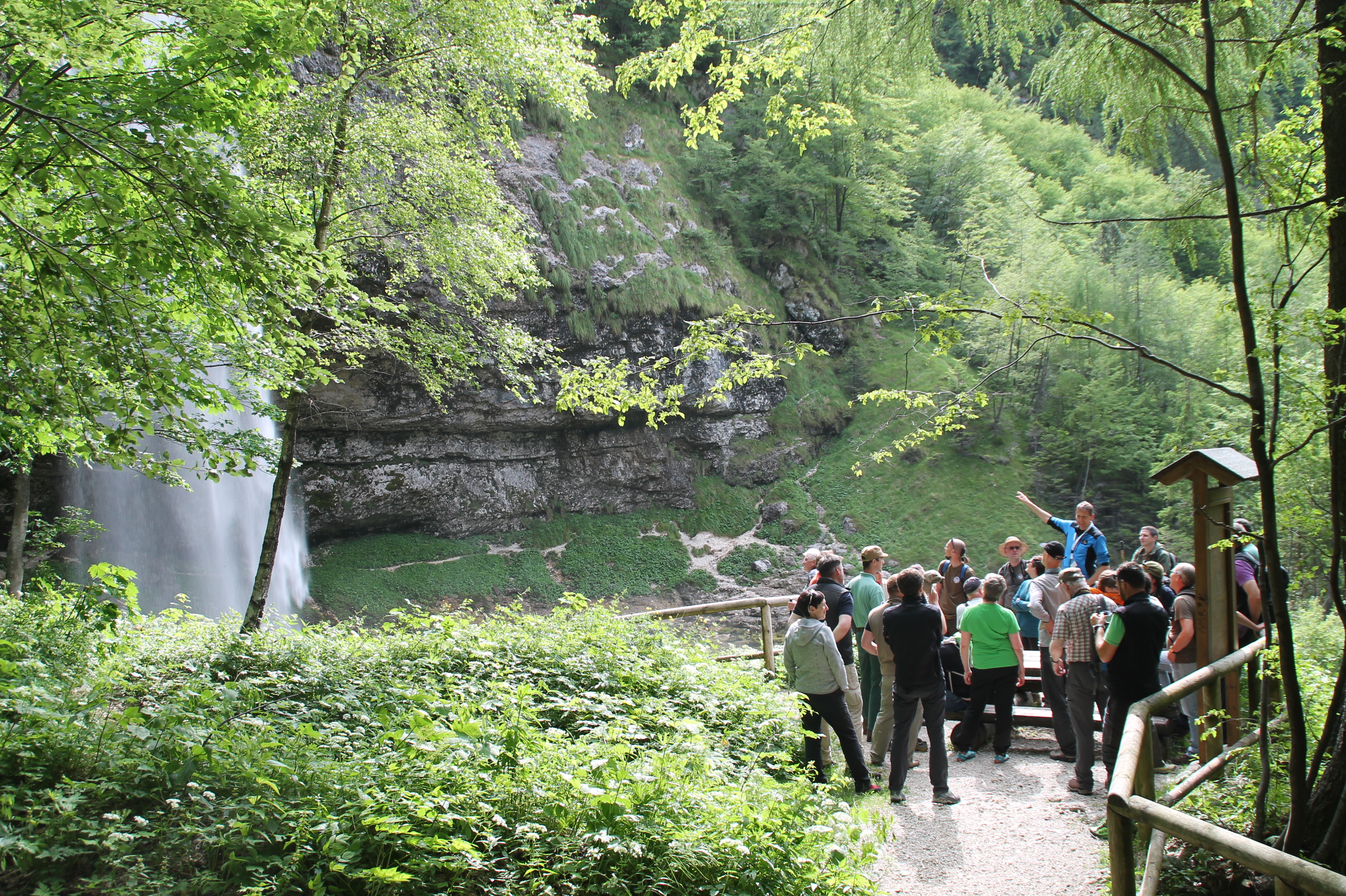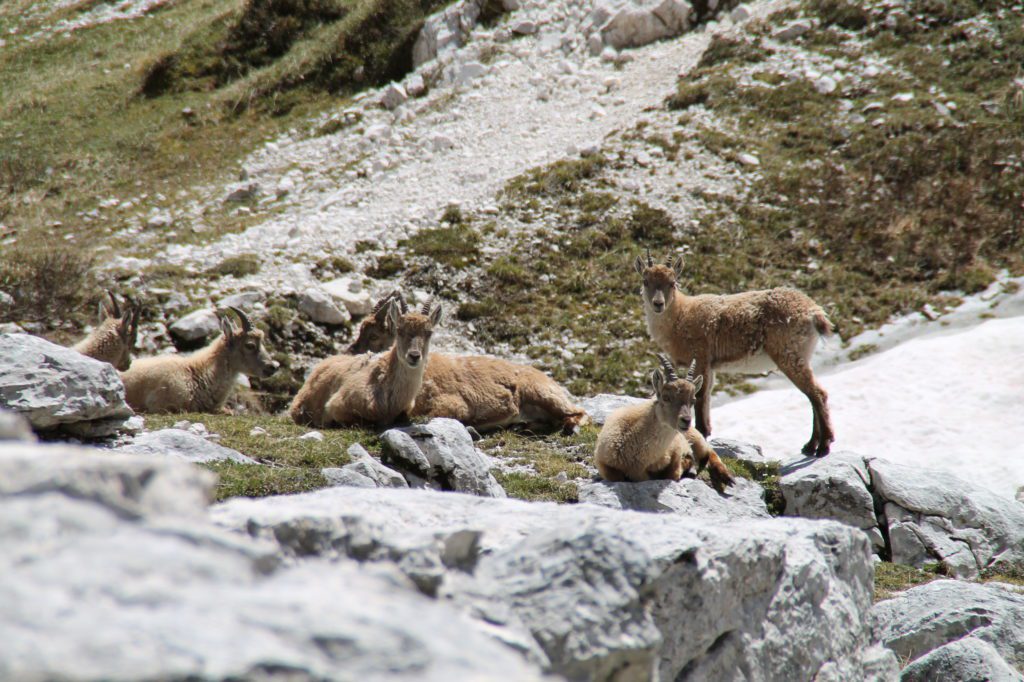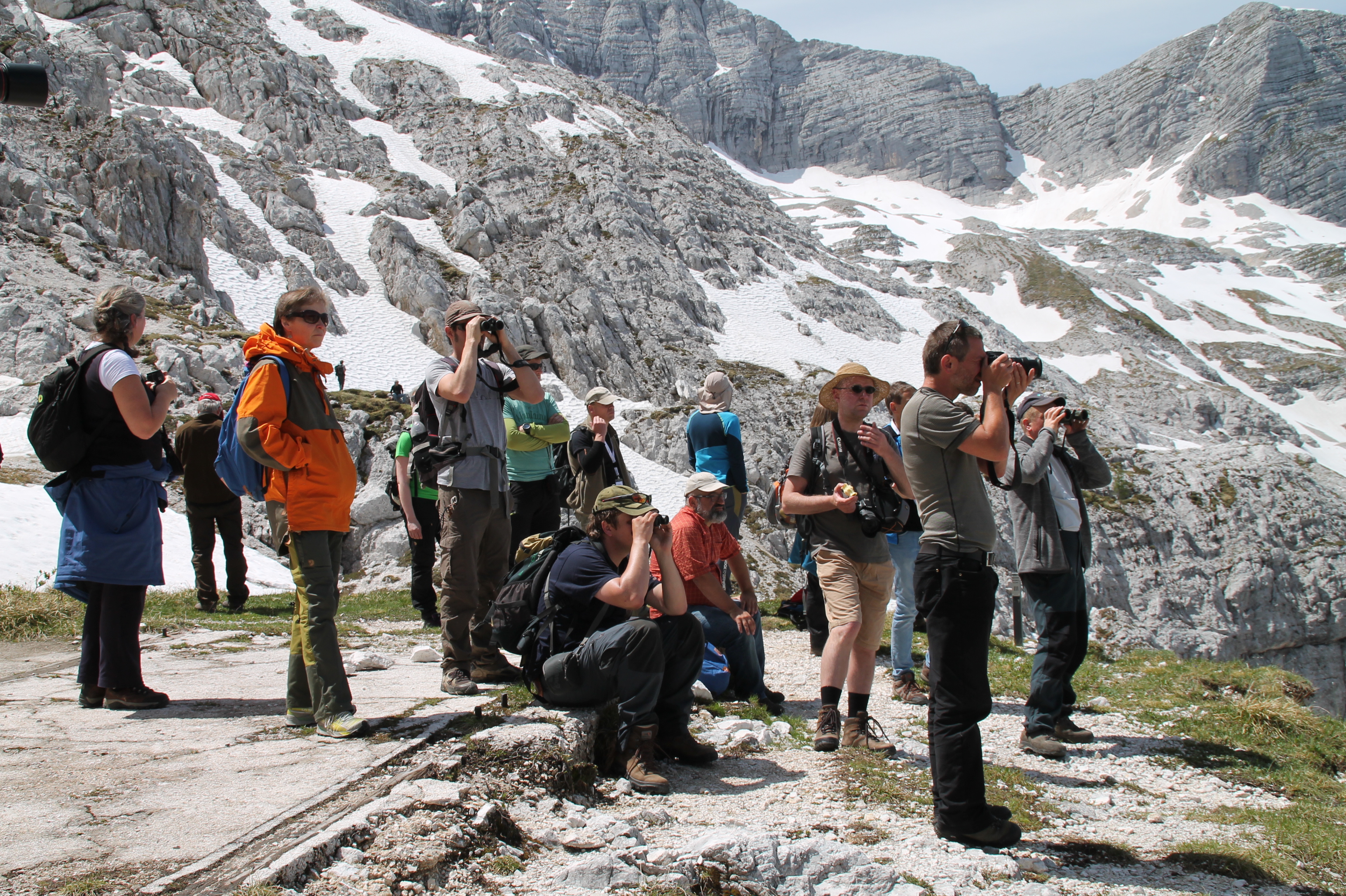TransParcNet Meeting 2017 “Changing climate – changing parks”
TransParcNet meeting 2017, Julian Alps Transboundary Ecoregion (SL and IT)
9th TransParcNet meeting
“Changing Climate, Changing Parks” was the theme of the 9th TransParcNet meeting, the annual gathering of protected area professionals involved in cross-border cooperation programmes. Representatives from Parks working within the Transboundary Parks Programme framework gathered to share experience and project outcomes in the field of climate change mitigation and adaptation.
The 3-days meeting was kindly hosted by the Julian Alps Transboundary Ecoregion, which encompasses Triglav National Park (Slovenia) and Prealpi Giulie Nature Park (Italy) and counted with over 40 participants from 10 European countries (Italy, Slovenia, Czech Republic, Poland, Hungary, Austria, Germany, Netherlands, France, UK).
Check the photo gallery here

Participants were welcomed in Trenta (at the Triglav NP Information Center), where they’ve got to know the recent developments in the Julian Alps Transboundary Ecoregion. For almost 20 years, managers on both sides of the border have been cooperating towards better management of species, habitats and, recently, tourism flows. In 2016, they became the first Transboundary Area awarded with the European Charter for Sustainable Tourism in Protected Areas.
Download the Welcome presentations
The Julian Alps Transboundary Ecoregion, made by Stefano Santi (Prealpi Giulie Nature Park)
Sustainable Tourism in the Julian Alps Ecoregion, made by Mojca Smolej (Triglav National Park)

TransParcNet 2017 – Field Trip to Prealpi Giulie Nature Park (IT)
Global challenges, local solutions
Matching European policy with implementation in Protected Areas is one of the main aims of the Federation, hence, in this TransParcNet meeting, we invited 2 special guests coming from Brussels: Igor Soltes and Micheal O’Briain.
Mr. Igor Soltes, member of the Greens Group in the European Parliament, representing Slovenia, started his speech stating that
Climate change has no boundaries and it isn’t a matter of single countries. Human activity is jeopardizing the environment and nature was never so threatened as before.
In fact, continued Mr. Soltes, “climate change is dramatically altering our national parks, in such a way that a year ago the Guardian’s Article said: “Climate change will mean the end of national parks as we know them.” We need to build a global understanding of the climate change concepts and raise awareness for the promotion of green technologies and green jobs. Such approach will contribute to nature’s protection and advancement of environmental and climate laws and policies. Climate changes are global, but solutions have to be primarily local. Every single green solution counts. Every new green project and green job is important. Active cooperation is essential and will be achieved only through transparent dialogue with all stakeholders.”
Climate Change and Natura 2000
Mr. Micheal O´Briain, Deputy Head of the Nature Unit within the European Commission – DG Environment, introduced the participants the “Guidelines on Climate Change and Natura 2000”, with an interesting presentation that can be downloaded here.
The document, targeting Natura 2000 site managers and policy makers, encompasses the latest evidence of risk to priority species and habitats within the EU, provides practical advice introducing the concept of adaptative management and promotes good practice. More information about the work of the European Commission on the field of climate change and biodiversity can be found at ec.europa.eu/environment/nature/climatechange

Changing Climate, Changing Parks – best practices
Protected Areas are in the front line of nature conservation: monitoring, evaluating and sounding the alarm of biodiversity loss and climate change effects. They are fundamental hubs of biodiversity and ensure genetic diversity, increasing the resilience of species and their chances of survival when threatened by disease and natural changes – thus, contributing to climate change adaptation.
Moreover, Parks contribute to climate change mitigation. They are responsible for around 15% of the terrestrial carbon stock (Campbell et al., 2008, in UNEP-PA and Climate Change) – preventing the loss of carbon that is already present in vegetation and soils and sequestering further carbon dioxide from the atmosphere in natural ecosystems,
During the TransParcNet meeting, we heard some interesting projects from our Transboundary Parks. that combine monitoring systems, awareness-raise campaigns and practical examples to reduce local carbon footprints. EUROPARC Executive Director, Carol Ritchie, also presented an overview of the contribution of European Parks to climate change, focused on how Parks are changing too, towards becoming more efficient and reducing their footprint.
Download the presentations below:
CLIMAPARKS An INTERREG project involving 8 Parks in Slovenia and Italy that established a common system for monitoring and analysing climate change impacts on biodiversity
HABIT-CHANGE A systematic approach to assessing the impact of climate change on European protected areas – the Case study of Triglav National Park
Creation of sustainable public transport in the National Park Region Saxon-Bohemian Switzerland, an interesting project taking place in the border of Germany and Czech Republic
Learning in sito
Changing experiences is best done outside: where one can see, feel, touch and hear the local managers’ perspectives. That is why the highlight of all TransParcNet meetings is the Field trips day. Participants had the chance to visit the Parks on both sides of the border, where they’ve heard about the climate change monitoring projects introduced in the plenary session.
Moreover, our Transboundary experts had the chance to learn, in-sito, new management approaches and discover the heartbreaking landscapes of the Julian Alps. Another excellent TransParcNet meeting!
EUROPARC expresses its profound gratitude to the hosts of the 9th TransParcNet meeting. The 2018 edition will be soon announced!
